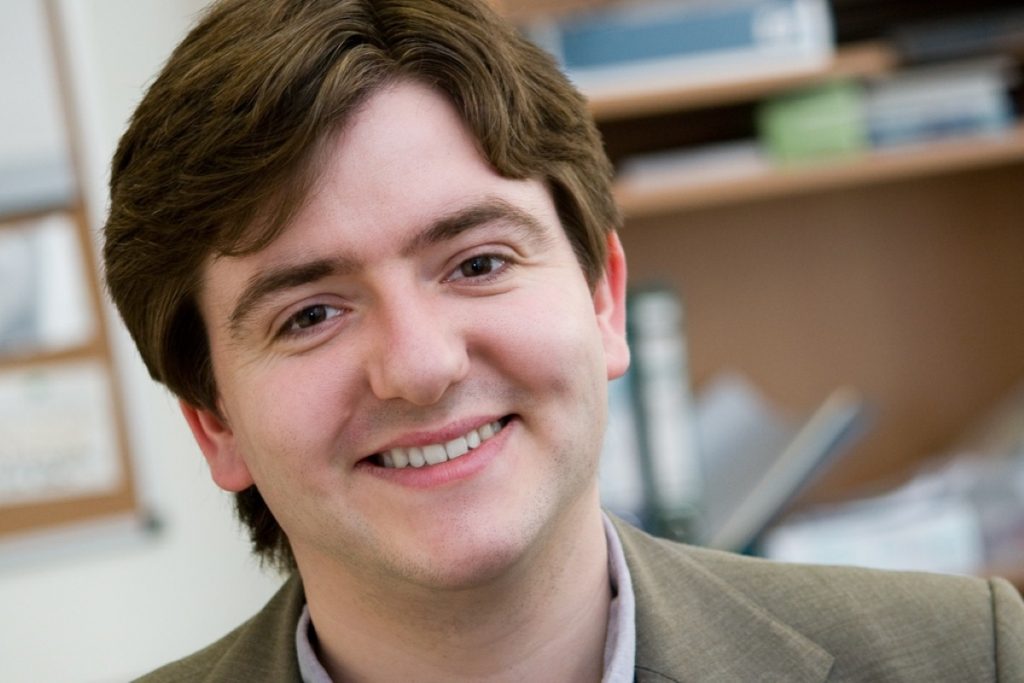Comment: Faith schools are enforcing segregation right under our noses
By Andrew Copson
My son who is now five has missed out on a placement at all the schools in our catchment area. I am a single working mum and am struggling to cope getting him to a school miles away. It is affecting my job as we need to use public transport and three bus journeys to get him to school which means I am often late for work. The journey is repeated again in the evening when he is exhausted. He attends after school club at least four to five days a week and then to be put in a school so far from home is just too much to cope with at his age. Over the last year he has slipped further and further down the waiting list for other schools and I am now very desperate for help.
This is an email received recently by the Fair Admissions Campaign and shows the devastating impact that faith-based admissions to state funded schools can have on people's lives. And it's a situation faced by individuals up and down the country, as revealed by a map that has just been published by the campaign. For the first time, the map demonstrates how religiously selective the admissions policy of each English state secondary is, as well as how representative they are of their local areas in terms of free school meal eligibility and English as an additional language. The pattern across the board is one of segregation.
Comprehensive secondaries that are not faith schools typically admit 11% more pupils eligible for free school meals than expected but Church of England secondaries typically admit ten per cent fewer. Roman Catholic secondaries admit 24% fewer, Jewish secondaries 61% fewer, and Muslim secondaries 25% fewer.


What is the cause of these bad statistics – is it the fact that these are religious schools, or is it the fact that they select on grounds of religion? The political stakes in relation to this question are high. There is a common misconception that where socio-economic exclusion does occur in faith schools, it is through no fault of the churches themselves, or their admissions policies. This misconception is cheerfully encouraged by religious commentators.
What the data published today shows is that, on the contrary, it is absolutely the admissions policies adopted by the churches that lead directly to the segregation that occurs. We can see this vividly in the case of the Church of England, which has both schools that select on religious grounds and schools that do not. Those whose policies do not allow religious selection are four per cent more inclusive than would be expected, while those whose policies allow for every place to be religiously selected are 31% less inclusive. This is a staggering difference and suggests a direct link.
So why does faith-based admissions correlate with socio-economic selection? The simple answer is because parents, more than anything, want their children to attend the most academically successful school in their area. If this happens to become the local faith school – through natural fluctuations in performance, for example – then the complexity of faith-based admissions, requiring weekly attendance at worship for a sustained period, prove to be something that better off parents (whether of the faith or not) are more able to plan ahead and meet than poorer parents who are not so time-rich or may have other barriers to overcome due to their poverty. This is not to blame middle class parents for having sharper elbows – it's just a comment on the reality of such admissions criteria.
There are some extreme examples of this in practice. The London Oratory School currently prioritises parents who carry out three years of 'service to the Catholic Church', with activities including "assisting in the liturgy: for example by reading, singing in the choir or playing an instrument, altar serving, flower arranging". After the British Humanist Association complained this was found to be in breach of the admissions code, although the school is now trying to get this ruling overruled.
Even putting such examples to one side, this is an issue seen almost everywhere you look. Every single Catholic diocese and the vast majority of Church of England dioceses run schools that are on average less inclusive than their areas, often significantly so. In 2010, Barnardo's reported: "Services in Bradford and Luton have found themselves advising increasing numbers of newly arrived eastern European families in recent years. While these families are often devout Catholics and wish their children to attend a faith school, they can struggle to meet the priority admissions criteria for local Catholic secondary schools. In Luton for example, some have only recently arrived or have moved around the city and therefore have not had consistent enough attendance at a particular church to be able to gain the required reference from a priest; others are denied admission because they failed to gain entry (particularly if they arrived mid-year) into a Catholic primary school which operates as a 'feeder' to the secondary school."
One point two million places in the state system are subject to religious selection by their schools, if sufficiently oversubscribed – compared to 160,000 places at grammar schools and 565,000 in private schools, this is largest single cause of selection by a very long way. If the government is serious about decreasing segregation between schools and increasing inclusion then they must stop opening more such schools and instead insist that all schools are open to all pupils, regardless of their parents' religion, belief, or socio-economic background.
Andrew Copson is chief executive of the British Humanist Association. The BHA are affiliated to the Fair Admissions Campaign, which has just launched the Fair Admissions Map.
The opinions in politics.co.uk's Comment and Analysis section are those of the author and are no reflection of the views of the website or its owners.









